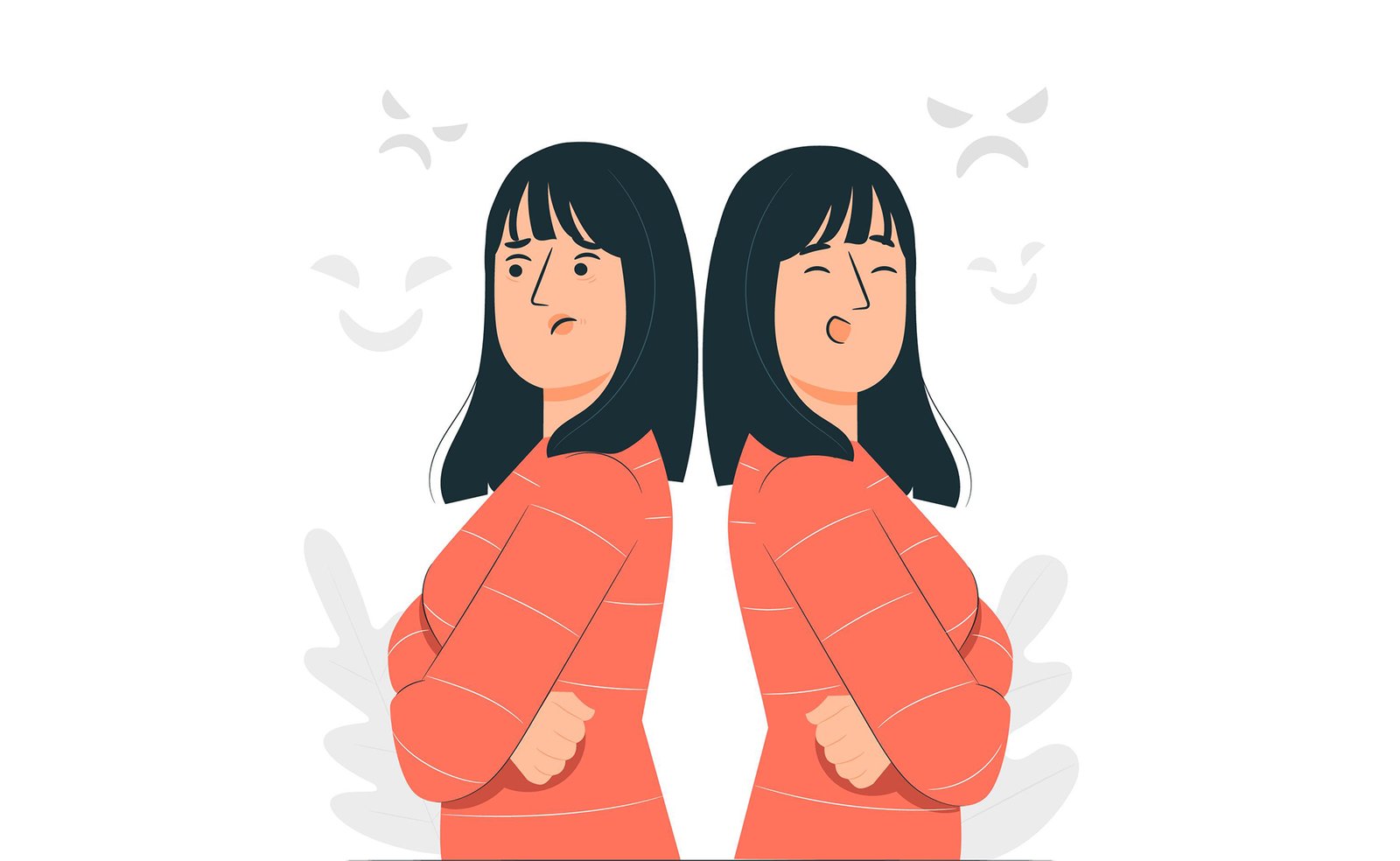What is Bipolar Disorder?
Bipolar disorder, formerly known as manic-depressive illness, is a chronic mental health condition characterized by significant mood swings that include emotional highs (mania or hypomania) and lows (depression). These mood shifts can impact energy levels, thought processes, behavior, and the ability to function in daily life. Episodes of mania and depression can last for varying durations, from hours to weeks or even longer, interspersed with periods of normal mood known as euthymia.
Types of Bipolar Disorders
- Bipolar I Disorder: Characterized by at least one manic episode lasting at least one week. Individuals may also experience depressive episodes, but these are not necessary for a diagnosis.
- Bipolar II Disorder: Defined by at least one major depressive episode and one hypomanic episode (less severe than a full manic episode). Hypomania lasts at least four days but does not cause significant impairment in functioning.
- Cyclothymic Disorder: Involves numerous periods of hypomanic symptoms and depressive symptoms lasting for at least two years (one year in children and adolescents). The symptoms do not meet the criteria for a full manic or depressive episode.
- Bipolar Disorder Not Otherwise Specified (NOS): This diagnosis is used when the symptoms do not fit neatly into the other categories but still include episodes of significant mood disturbance.
Signs and Symptoms
Symptoms of Bipolar I Disorder:
- Manic Episodes: Last at least one week and include:
- Increased energy or irritability
- Reduced need for sleep
- Rapid speech and racing thoughts
- Distractibility
- Heightened activity or restlessness
- Risky behavior
- Hypomanic Episodes: Similar to manic episodes but less severe and lasting at least four days.
- Major Depressive Episodes: Last at least two weeks and include:
- Persistent sadness or hopelessness
- Loss of interest in previously enjoyed activities
- Feelings of worthlessness or excessive guilt
- Changes in sleep and appetite
- Difficulty concentrating
- Suicidal thoughts
Symptoms of Bipolar II Disorder: Includes hypomanic and depressive episodes similar to those described for Bipolar I.
Symptoms of Cyclothymia: Includes chronic mood fluctuations with periods of hypomania and depressive symptoms that do not meet full episode criteria.
Symptoms of NOS Bipolar Disorder: Alternating moods that do not fit the criteria for the other specified types.
Causes of Bipolar Disorder
The exact causes of bipolar disorder remain unclear, but several factors are believed to contribute:
- Genetic Links: Family history can increase the risk; however, there is no single “bipolar gene.”
- Neurotransmitter Dysfunction: Imbalances in brain chemicals may play a role.
- Childhood Trauma: Experiences such as neglect or abuse can be influential.
- Stressful Life Events: Significant life changes or trauma can trigger episodes.
- Environmental Factors: Conditions like poverty or discrimination may also be contributing factors.
Treatment of Bipolar Disorder
Effective treatment often includes a combination of medication and psychotherapy:
- Medications:
- Mood stabilizers
- Antipsychotic medications
- Antidepressants (used cautiously)
- Psychotherapy:
- Cognitive Behavioral Therapy (CBT): Focuses on changing negative thought patterns.
- Interpersonal Therapy: Addresses relationship issues that may affect mood.
- Psychoeducation: Involves educating individuals about bipolar disorder to improve self-management and coping strategies.
- Group Therapy: Provides support and shared experiences among individuals with similar challenges.
Overall, ongoing treatment and support can help individuals with bipolar disorder lead productive and fulfilling lives. Regular monitoring and adjustments to treatment are essential for managing symptoms effectively.
